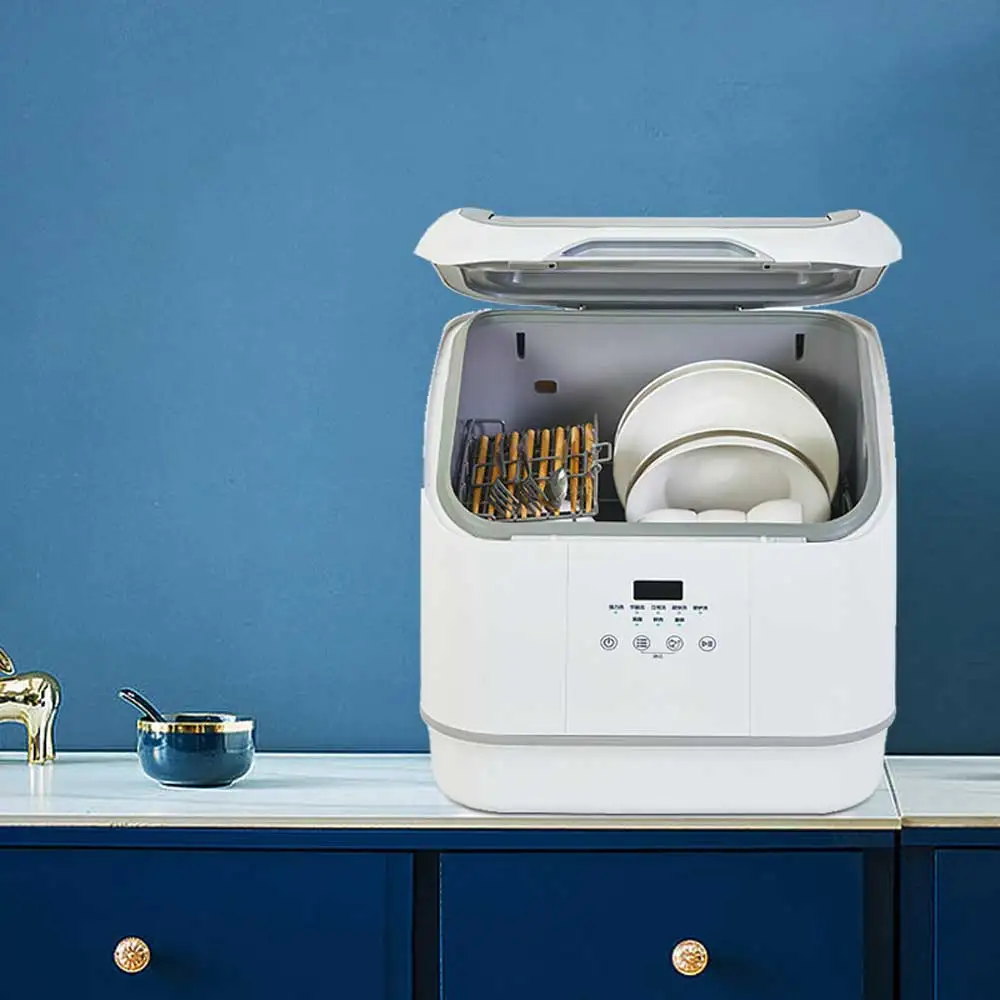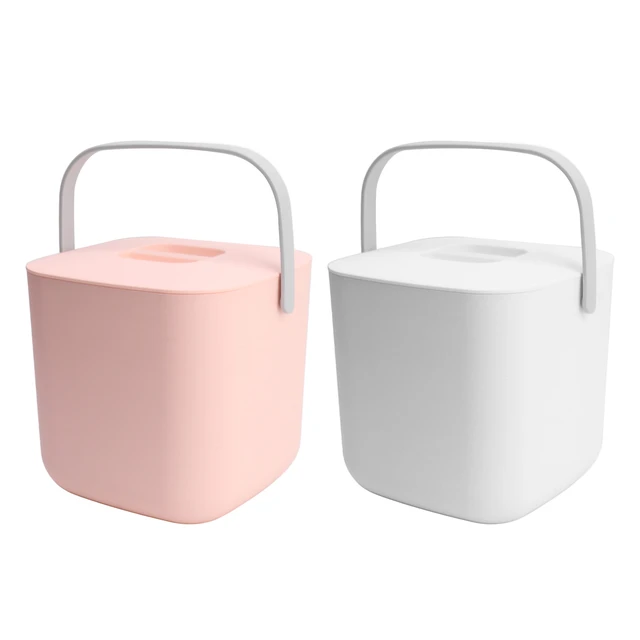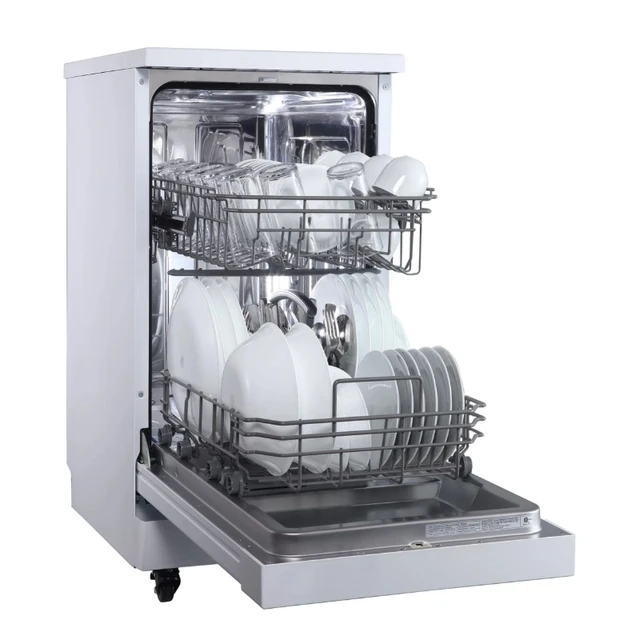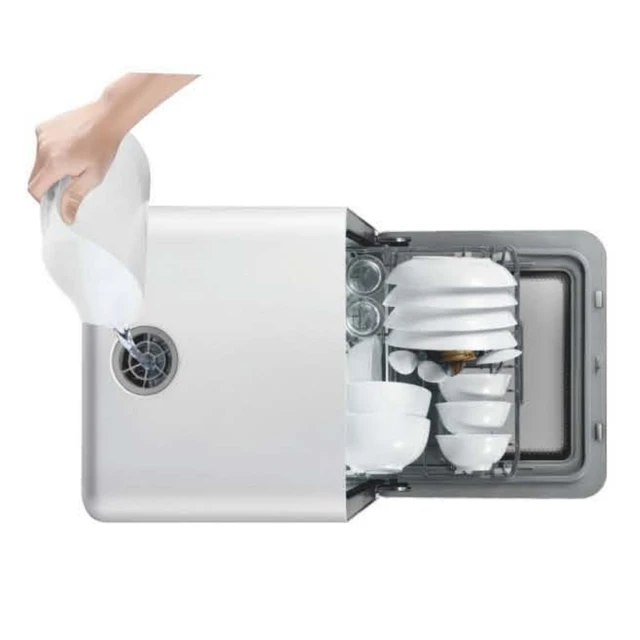
Introduction
Vinegar is a versatile and natural cleaning agent that can effectively remove grime, residue, and odors from various household surfaces. When it comes to cleaning your dishwasher, vinegar can be a powerful ally. Its acidic properties help break down mineral deposits and grease, leaving your dishwasher sparkling clean and odor-free. In this guide, we will explore the benefits of using vinegar to clean your dishwasher and provide specific instructions on how to effectively utilize vinegar for a thorough cleaning. By following these steps, you can maintain the cleanliness and optimal performance of your dishwasher.

Can I use vinegar to clean my dishwasher?
The Benefits of Cleaning with Vinegar
Natural and Non-Toxic
One of the primary advantages of using vinegar to clean your dishwasher is its natural and non-toxic properties. Unlike commercial cleaning products that may contain harsh chemicals, vinegar is safe for both your dishwasher and the environment.
Removes Mineral Deposits
Over time, mineral deposits can accumulate in your dishwasher, particularly in areas with hard water. Vinegar’s acidic nature helps break down these deposits, keeping your dishwasher’s interior clean and preventing clogs in spray arms and nozzles.
Eliminates Odors
Food particles and residue can lead to unpleasant odors in your dishwasher. Vinegar effectively neutralizes odors, leaving your dishwasher smelling fresh and clean.
Cuts Through Grease and Grime
The acidity of vinegar makes it an excellent grease and grime remover. It can effectively dissolve and remove built-up grease, ensuring optimal cleaning performance for your dishwasher.

Cleaning Your Dishwasher with Vinegar: Step-by-Step Guide
Preparing the Dishwasher
1.1. Empty the Dishwasher
Before starting the cleaning process, ensure that your dishwasher is completely empty. Remove any dishes, utensils, and racks.
1.2. Check the Drain Filter
Inspect the drain filter located at the bottom of your dishwasher. Remove any food debris or particles that may have accumulated there. This ensures that the drain functions properly during the cleaning process.
Wiping Down the Interior
2.1. Dampen a Cloth or Sponge
Dampen a microfiber cloth or sponge with undiluted vinegar. Make sure it is wet but not dripping.
2.2. Wipe the Interior Surfaces
Thoroughly wipe down the interior surfaces of your dishwasher, paying particular attention to areas prone to residue buildup, such as the door edges, gaskets, and the bottom of the dishwasher. Vinegar effectively cuts through grease and grime, leaving your dishwasher clean and fresh.
2.3. Scrub Stubborn Stains or Deposits
For stubborn stains or deposits, apply a small amount of vinegar directly to the affected area. Use a soft brush or toothbrush to scrub gently in circular motions until the stain or deposit is removed.

Removing and Cleaning Removable Parts
3.1. Remove Racks and Utensil Holders
Check your dishwasher’s user manual for instructions on removing the racks and utensil holders. Take them out and set them aside for cleaning.
3.2. Soak in Vinegar Solution
Prepare a mixture of equal parts vinegar and warm water in a sink or basin. Submerge the racks and utensil holders in the vinegar solution.
3.3. Scrub with Dish Soap
Add a few drops of mild dish soap to a soft brush or sponge. Scrub the racks and utensil holders to remove any accumulated grease or residue. Rinse thoroughly with clean water.
3.4. Wipe Down the Spray Arms
Using a microfiber cloth or sponge soaked in vinegar, wipe down the spray arms to remove any clogs or mineral deposits. Pay attention to the nozzles and ensure they are clear of debris.
Cleaning the Filter
4.1. Locate and Remove the Filter
Find the filter in your dishwasher, usually located at the bottom or in the back. Remove it according to your dishwasher’s user manual. Take care not to damage or bend the filter during removal.
4.2. Rinse the Filter
Rinse the filter under warm running water to remove any food particles or debris. Use a soft brush or toothbrush to gently scrub away stubborn residue. Ensure that all parts of the filter are clean and clear.
4.3. Soak in Vinegar Solution
Prepare a small basin of vinegar and warm water. Submerge the filter in the solution and let it soak for about 15-20 minutes. This helps dissolve any remaining grease or mineral buildup.
4.4. Rinse and Reinstall the Filter
After soaking, thoroughly rinse the filter under clean water to remove any vinegar residue. Shake off excess water and reinstall the filter according to your dishwasher’s user manual.

Running a Vinegar Wash Cycle
5.1. Fill a Cup with Vinegar
Place a dishwasher-safe cup or bowl upright on the top rack of your dishwasher. Fill it with approximately one cup of distilled white vinegar. This cup will distribute the vinegar throughout the dishwasher during the wash cycle.
5.2. Select a High-Temperature Cycle
Choose a high-temperature wash cycle on your dishwasher. This ensures that the vinegar is activated and effectively cleans the interior surfaces.
5.3. Run the Dishwasher
Start the dishwasher and allow it to complete the wash cycle with the vinegar. The high temperature combined with the vinegar will help break down any remaining residue, eliminate odors, and sanitize the dishwasher.
Final Rinse Cycle
6.1. Rinse with Cold Water
After the vinegar wash cycle is complete, run a final rinse cycle with cold water to remove any remaining vinegar residue.
Drying and Finishing Touches
7.1. Wipe Down the Interior
Using a clean microfiber cloth or sponge, wipe down the interior surfaces of the dishwasher to remove any excess moisture or vinegar residue. This prevents the buildup of any remaining debris.
7.2. Reinstall the Racks and Utensil Holders
Once the interior surfaces are dry, reinsert the racks and utensil holders into their original positions. Ensure that they are correctly aligned and securely installed.
Maintenance Tips
8.1. Regular Cleaning Schedule
To maintain a clean and efficient dishwasher, incorporate regular cleaning into your maintenance routine. Consider cleaning your dishwasher with vinegar every few months or as needed, depending on your usage and water quality.
8.2. Scrape Dishes and Utensils
Before loading your dishwasher, scrape off excess food particles from plates, bowls, and utensils. This helps prevent buildup in the dishwasher and ensures optimal cleaning results.
8.3. Use Rinse Aid
Using a rinse aid in your dishwasher can enhance the cleaning and drying process. It helps prevent spotting and improves water drainage, keeping your dishwasher’s interior clean and free from mineral deposits.

Conclusion
Cleaning your dishwasher with vinegar is a cost-effective and natural method to remove grime, residue, and odors. By following the specific steps outlined in this guide, you can achieve a sparkling clean dishwasher interior and enjoy spotless dishes. Remember to wipe down the interior surfaces, clean removable parts, and run a vinegar wash cycle to fully sanitize and refresh your dishwasher. Regular maintenance and incorporating vinegar cleaning into your routine can help extend the lifespan of your dishwasher and ensure optimal performance for years to come.





